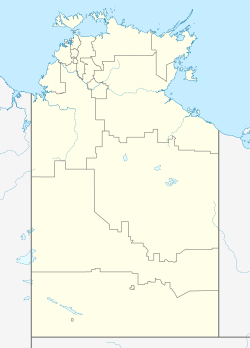This article needs additional citations for verification .(May 2018) |
| Central Australia Northern Territory | |
|---|---|
 Aerial view of Central Australian landscape | |
| Coordinates | 23°42′0″S133°52′12″E / 23.70000°S 133.87000°E |
| Population | 41,000 (2016) [1] |
| LGA(s) | |
Central Australia, also sometimes referred to as the Red Centre, is an inexactly defined region associated with the geographic centre of Australia. In its narrowest sense it describes a region that is limited to the town of Alice Springs and its immediate surrounds including the MacDonnell Ranges. Commonly, it refers to an area up to 600 km (370 mi) from Alice Springs, in every direction. In its broadest use it can include almost any region in inland Australia that has remained relatively undeveloped, and in this sense is synonymous with the term Outback.
Contents
- Administrative region of the NT
- Economic region
- Colloquial or general use
- Climate
- See also
- References
- External links
In a modern, more formal sense it can refer to the administrative region used by the Northern Territory government, as of 2022.
Centralia is another term associated with the area, most commonly used by locals.

